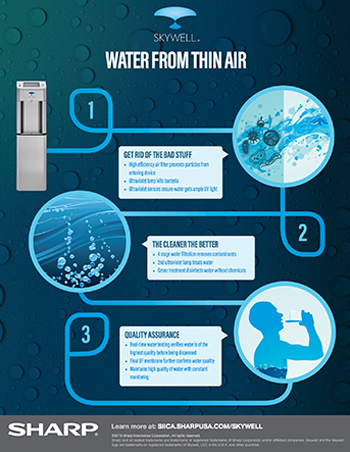The Ultimate Guide To Recognizing Warm Pumps - Just How Do They Function?
The Ultimate Guide To Recognizing Warm Pumps - Just How Do They Function?
Blog Article
Web Content By-Forrest Hanna
The very best heat pumps can save you significant amounts of cash on power costs. Suggested Webpage can also help reduce greenhouse gas discharges, specifically if you use power in place of fossil fuels like gas and heating oil or electric-resistance furnaces.
Heatpump work quite the like ac system do. This makes them a sensible option to typical electrical home heating systems.
Just how They Work
Heat pumps cool down homes in the summertime and, with a little assistance from electrical power or natural gas, they give several of your home's home heating in the winter season. They're an excellent alternative for people who intend to reduce their use of nonrenewable fuel sources however aren't all set to replace their existing heater and air conditioning system.
They rely on the physical fact that even in air that appears too cool, there's still power existing: cozy air is always relocating, and it wishes to relocate into cooler, lower-pressure atmospheres like your home.
Many power STAR certified heat pumps run at close to their heating or cooling capacity throughout the majority of the year, reducing on/off biking and conserving power. For the very best efficiency, focus on systems with a high SEER and HSPF rating.
air conditioner cost of the heatpump is the compressor, which is also known as an air compressor. This mechanical streaming tool makes use of prospective power from power development to raise the pressure of a gas by lowering its quantity. It is different from a pump because it just deals with gases and can't deal with fluids, as pumps do.
Climatic air goes into the compressor with an inlet shutoff. It travels around vane-mounted arms with self-adjusting size that separate the inside of the compressor, creating numerous tooth cavities of differing size. The blades's spin pressures these tooth cavities to move in and out of stage with each other, pressing the air.
The compressor reels in the low-temperature, high-pressure refrigerant vapor from the evaporator and compresses it right into the warm, pressurized state of a gas. This procedure is duplicated as required to provide home heating or cooling as required. The compressor likewise contains a desuperheater coil that reuses the waste heat and adds superheat to the refrigerant, altering it from its liquid to vapor state.
The Evaporator
The evaporator in heat pumps does the same point as it performs in fridges and ac unit, altering liquid cooling agent right into an aeriform vapor that removes heat from the area. Heat pump systems would not function without this vital tool.
This part of the system is located inside your home or building in an indoor air trainer, which can be either a ducted or ductless unit. It includes an evaporator coil and the compressor that presses the low-pressure vapor from the evaporator to high pressure gas.
Heatpump soak up ambient warmth from the air, and then use power to move that warm to a home or organization in home heating setting. That makes them a great deal more power reliable than electric heating systems or furnaces, and due to the fact that they're making use of tidy power from the grid (and not burning gas), they likewise create much fewer emissions. That's why heat pumps are such excellent environmental choices. (And also a huge reason why they're coming to be so popular.).
The Thermostat.
Heatpump are terrific choices for homes in cold climates, and you can utilize them in mix with conventional duct-based systems and even go ductless. They're a fantastic alternate to fossil fuel heating systems or traditional electrical heaters, and they're much more lasting than oil, gas or nuclear HVAC equipment.
Your thermostat is the most important component of your heat pump system, and it works really differently than a traditional thermostat. All mechanical thermostats (all non-electronic ones) job by using substances that alter dimension with boosting temperature, like coiled bimetallic strips or the broadening wax in a vehicle radiator valve.
These strips consist of two different types of steel, and they're bolted with each other to form a bridge that completes an electrical circuit attached to your heating and cooling system. As the strip gets warmer, one side of the bridge broadens faster than the various other, which triggers it to bend and signify that the heating system is required. When the heatpump remains in heating setting, the reversing shutoff turns around the flow of refrigerant, to make sure that the outside coil now functions as an evaporator and the indoor cyndrical tube ends up being a condenser.